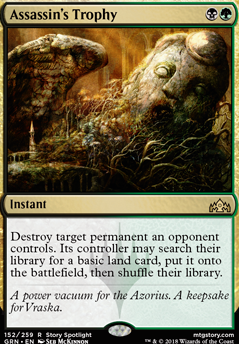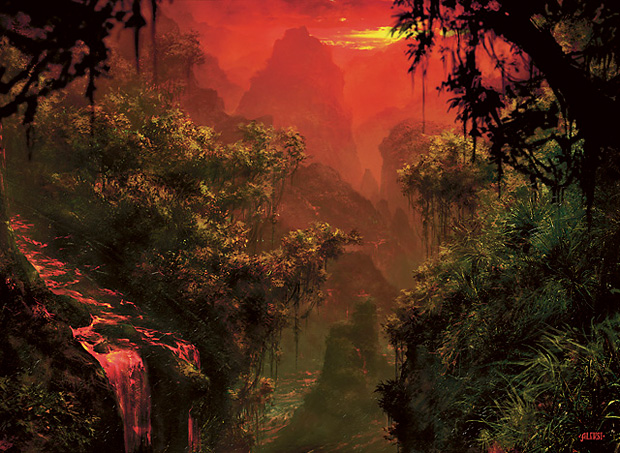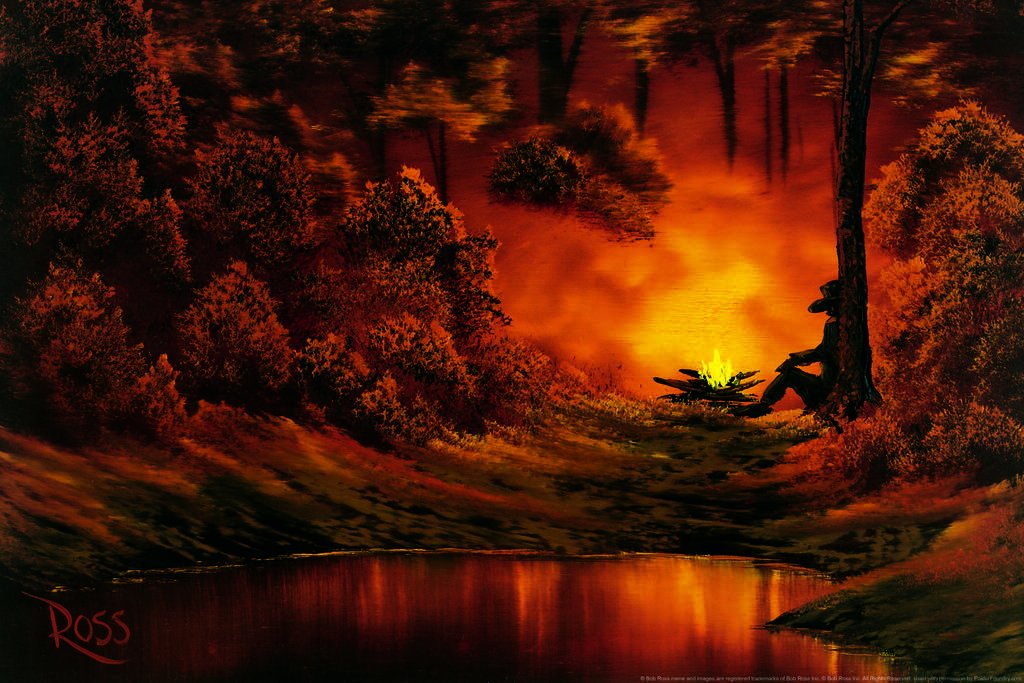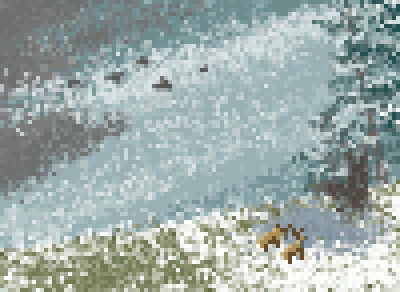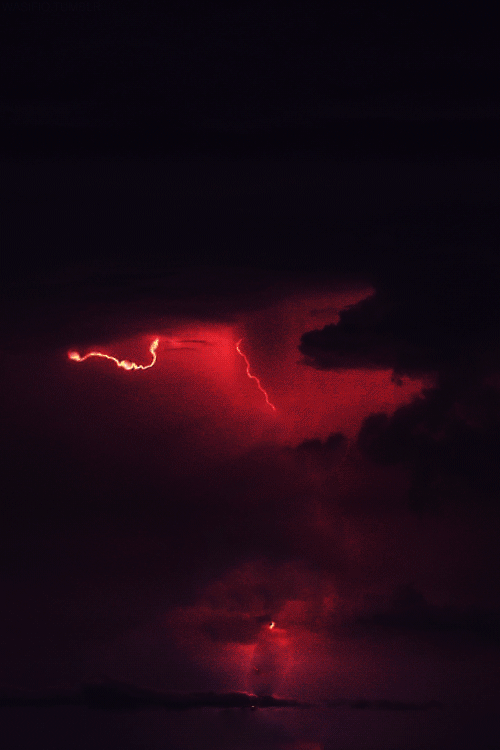
As was mentioned under the last panel block, our goal is moderated and controlled life loss. A full suite of Discard and Removal spells ensure we aren’t drained of all life prematurely. Preemptively eliminate perceived threats, or if something eventually becomes problematic remove it afterward.
•Thoughtseize paves the way for us to begin establishing a boardstate of our own, while clearing potential obstacles. Losing those 2 life points feels almost like paying into our 401K; give up a little now for big returns at a later date.
•Liliana of the Veil is ravishingly beautiful and hauntingly effective. Her +1 is an impartial ’seize, and we can most likely dump a creature knowing Kolaghan's Command can bring it back to our hand. Her -2 is a strict win for us, and her ultimate smash needs no introduction.
•Lightning Bolt can be an excellent Turn 1 play, especially if going second. Zap a mana dork to slow down that stompy deck, or electrocute a goblin to derail that aggro deck. Makes for a fine finisher too, if they’re clinging to those last 3 life points.
•Kroxa, Titan of Death's Hunger qualifies as Discard; two mana, one one , forces a discard (potentially burning the opponent for 3 as well) and inters our Elder Giant safely in the graveyard, powering up Tarmogoyf as he bides his time to make his Escape.
•Abrupt Decay seemed like a very reliable hate card. We can target anything cmc 3 or less other than a land card, so it opens up our options considerably. Best used for harder to hit stumbling blocks like the myriad of Enchantments or Artifacts in that cmc range, as well as a handful of Planeswalkers.
•To paraphrase a certain someone, Assassin's Trophy ‘has no jurisdiction. It’ll find (target permanent), and make it squeal. I know the squealers when I see them, and...’
Being able to target anything on the board can sometimes make all the difference in the world.
•Kolaghan's Command offers exceptional versatility, and no matter which two options we pick we’re guaranteed to come out ahead. Be mindful of the boardstate and what may be lurking in your opponent’s hand, then choose accordingly.

